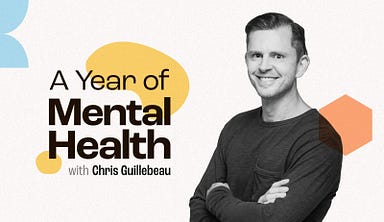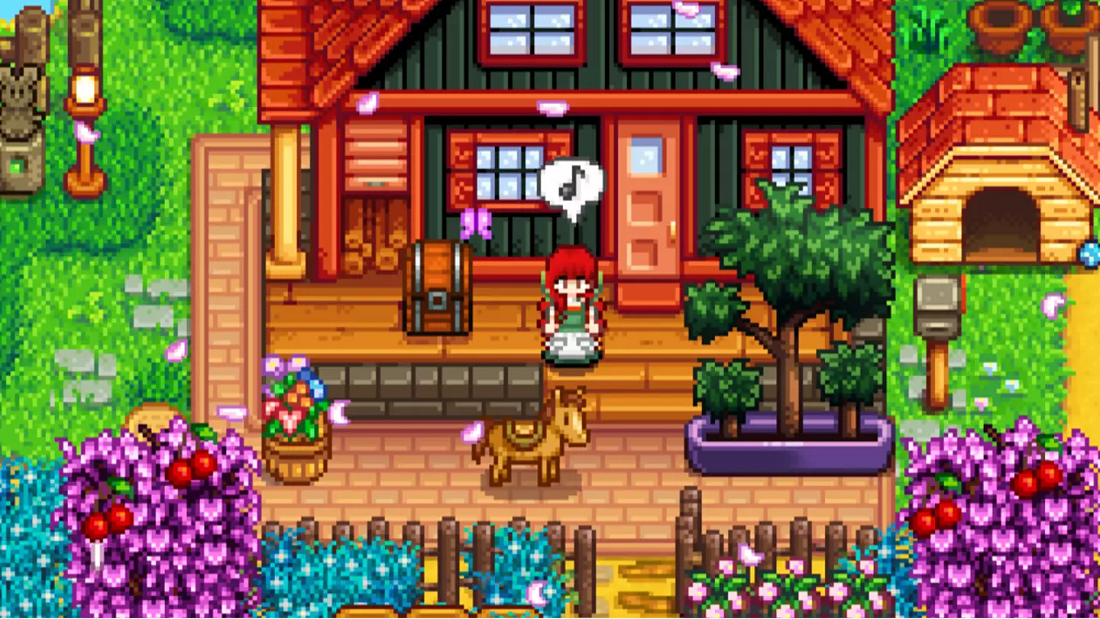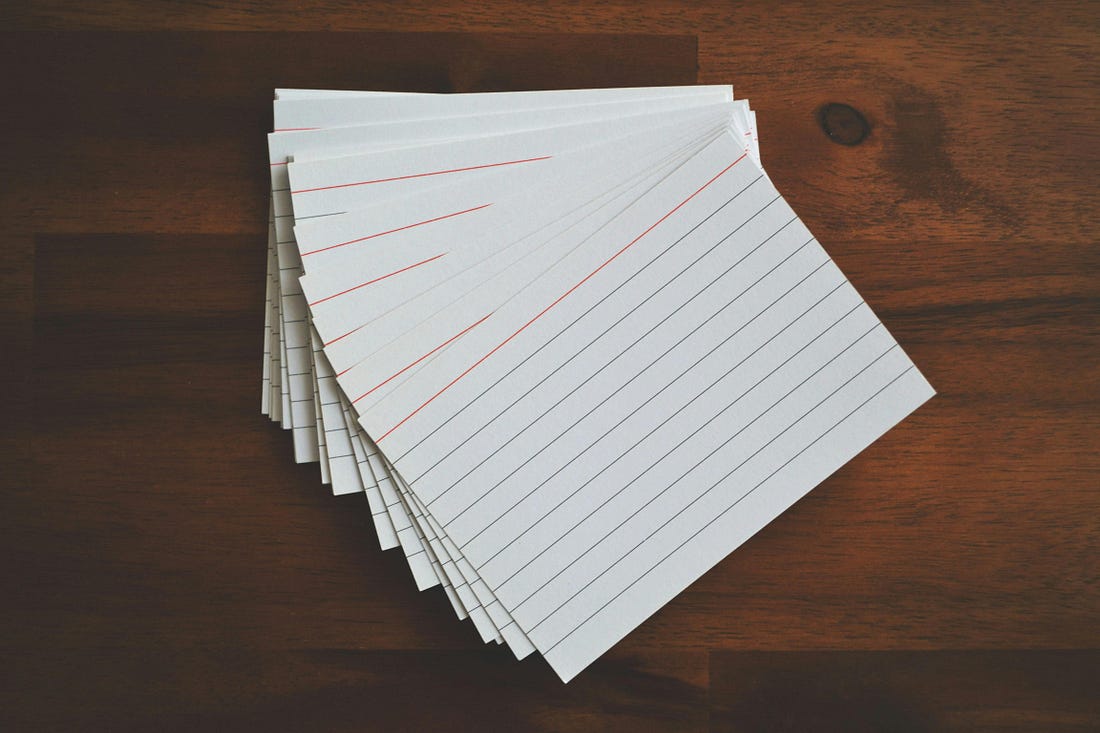|
The Stardew Valley Guide to Finishing Things
Video games can capture our attention for hours, but we struggle to complete simple tasks. Try this tactile index-card game to bridge the gap.
Picture this: It's 2am. You've just spent the last six hours completely absorbed in a game—maybe you were building the perfect city, managing a virtual restaurant, or tending to digital crops. You planned every move, optimized every decision, and felt genuinely satisfied watching your progress bars fill up. You felt focused, motivated, and strangely productive.
Now picture a weekday morning, or whenever you begin a typical session at work: You stare at your to-do list for twenty minutes, feeling overwhelmed by tasks like "respond to emails" and "schedule doctor’s appointment." The same brain that can spend hours happily organizing virtual inventory suddenly feels paralyzed by folding real laundry.
You spend the time on other things—you check messages, read the news, or pretty much anything you can think of besides the things you need to do.
If this sounds familiar, you're not alone. Millions of people can maintain laser focus while collecting digital coins, leveling up fantasy characters, or managing imaginary farms, yet struggle to motivate themselves through basic daily tasks. It's not about intelligence, willpower, or "being lazy." It's about how our brains respond to different types of structure and feedback.
Universal Gaming Elements
If you've ever played farming simulators like Stardew Valley or Animal Crossing, city builders like SimCity, or any other “resource management” games, you’ve probably experienced these common elements of game design:
Clear, bite-sized tasks ("plant seeds, then water the crops”)
Immediate visual feedback (progress bars that actually move)
Tangible completion (a satisfying ding or notification when something's done)
Gentle structure without overwhelming pressure
Visible progress toward specific goals
These games tap into something profound about how motivation actually works—and it's the opposite of most productivity advice. We do our best work when it feels fun and rewarding.
Okay, Let’s Get to the System
You’ll need two physical items:
A stack of index cards or post-it notes (any small squares or rectangles of paper will work fine)
Something to write with
That’s it! If you use other systems during your day, like a digital note-taking or to-do list app, or a physical journal or planner, no problem—you can use this setup alongside anything else you already use.
To get going, think about a bunch of things you need to do, and write EACH TASK ITEM on a single index card. They could be tasks you’re already working on, tasks you’re currently procrastinating, a list of next steps for projects, or whatever else comes to mind. Don’t overthink it—any and all tasks will be fine!
Come up with at least 10 items, and make each one as granular as possible.¹
Good items (specific, small, doable):
"Send birthday text to Mom"
"Put dirty dishes in dishwasher"
"Read and reply to email from Sarah"
"Fill out first page of visa application"
"Order replacement phone charger on Amazon"
As you can see, each of these items is really simple. Even something like a visa application, which might take more time, can start with the step of filling out the first page.
Items that need breaking down (too vague or big):
Examples of items that don’t work for the cards include anything that’s more of a longterm goal, aspiration, or big project. For example:
"Get organized"
This is way too vague and pressuring. Break it into small, practical steps like:
"Clear desk surface”
"Sort papers into keep/toss piles"
"Put books back on shelf"
Another example of something that doesn’t work well:
"Be healthier"
Like get organized, this is much more of an aspirational goal. To actually be healthier, though, you could do things like:
"Drink a large glass of water"
"Take vitamins"
"Walk around the block"
Now consider more of a project, something that requires a lot of different steps:
"Work on presentation"
This is better than the others! But to make it better still, break it into tasks like:
"Open PowerPoint and create title slide"
"Find three relevant images"
"Write intro paragraph"
Each task should feel like something you could definitely finish in one sitting, idea


